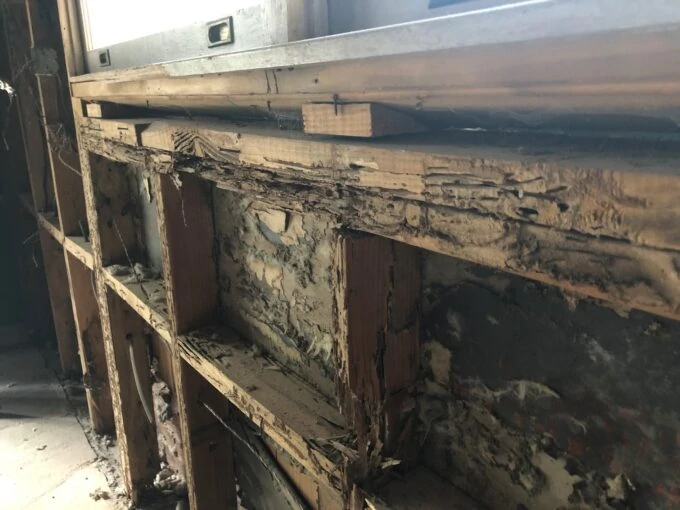By Belinda Remley
During the early 1970s in suburban Chicago, homeowners were introduced to Wolmanized® pressure treated wood during a test market to see if do-it-yourselfers would be interested in building their own decks. Thus began the outdoor living revolution. Since then, homes across North America have been adorned with wood decks designed to make access to and comfort in the backyard something to be considered necessary and safe.
No one, however, told the destructive little termite. These insects have been destroying wood for more than 100 million years. They inhabit all land masses on Earth, except Antarctica, with colonies ranging in size from a few hundred individuals to enormous societies with several million pests. Their queens have the longest lifespan of any other insect in the world – up to 30-50 years.

The number of invasive termite species that destroy wood used in infrastructure has increased to 28 (up from 17 in 1969) in 2017, according to the scientific journal Ecology and Evolution. Probably the most common, the subterranean termite, can inhabit large colonies that eat about a pound of wood per day. That may not seem like a lot, but the problem occurs over time as the termites remain hidden where they attack. So days, weeks or even years pass with a colony of small insects eating away a deck or home. By the time the termites are finally discovered, severe damage could be present. Yearly, damage impacts more than 600,000 homes and causes $5 billion in damage and repairs just in the US, according to the U.S. Department of Agriculture.
“Arxada has been innovating products to protect wood from its natural enemies – including the termite – for nearly a century. And, since there seems to be no end to an insect that has been eating its way through wood and wood structures for 100 million years, we will continue our research and development,” says Brian Delbrueck, Head of Wood Specialties Business Development for Arxada.
And innovation is necessary since global climate change could cause termites to show up where they had not been an issue before. According to predictions most of North America will become warmer and many parts will become wetter during the next 100 years. The annual mean temperature in North America from the Gulf of Mexico to Canada’s Hudson Bay will increase up to 4 degrees Celsius in the next century. Areas farther north are expected to warm even more and have higher precipitation than in the past.
“Warmer temperatures and wetter than normal conditions may give the termite the environment it needs to spread and become even more of a threat in North America,” says Brian. “In areas where termites may have only been a passing thought to homeowners, the need to protect home and property is becoming a greater concern. And, the places where termites are highly prevalent like the Southeastern and Northwestern areas of the US, will see a real rise in the need to have added protection for all wood structures.”

Termites have four simple needs to survive – shelter, food, water and warmth. “Products available through Lonza and other chemical preservative companies eliminate the food source required by termites,” explains Brian. “If wood is treated properly, termites choose not eat it and move on to find a food source they can consume.”
With that understanding, products have been developed and improved that also protect the inside of the home from termite invasion.
“Most people in our industry know that pressure treated wood is ideal for building outdoor projects. It makes wood last longer and allows homeowners to stretch their living spaces to the outdoors,” says Brian. “Many, however, do not know that there are great products on the market today that can also protect the house itself.
“Why not protect your home from the inside out?” adds Brian, “Treatments such as Arxada’s FrameGuard® and Permatek® are factory applied to lumber, plywood, and engineered wood products used in structural framing. They allow the walls, floors, and roof assemblies within the house to be protected from termites as well as mold and fungal decay – both natural enemies of wood.”
Since termites are so destructive and their damage can be expensive, protection against the insects has become an even greater necessity. Being prepared from the beginning of the build is the best solution and that preparation should include wood preserved to protect against termite attack. Make the 100 million year old insects think twice before taking up residence in a structure made from long-lasting treated wood.
*Belinda Remley is a marketing professional with . She has been promoting wood and the protection of wood for more than 27 years.




